Please read the information on this page before applying.
Please note that applicants from Croatia and the EU who are applying through the National IT System of Applications to Higher Education Institutions www.postani-student.hr do not need to apply through this page. All necessary information about the application procedure for EU applicants is available on the websites: www.postani-student.hr, www.studij.hr/, and on the FER's official website.
The information listed below is relevant only to NON-EU applicants!
NON-EU applicants need to apply via:
- FER online application for enrollment (link for enrollment in bachelor study programme)
*We highly advise applicants to apply and submit all necessary documents as soon as possible, especially applicants who need recognition of a diploma and/or require a visa to study in Croatia.
Before you start your bachelor’s application
Make sure you have all your supporting documents scanned and ready to upload. Required documents include:
- Certificate of citizenship/passport photocopy
- Original Certificate of completed upper secondary school degree from your country along with an official translation into English or Croatian (if issued in a different language to these)
- Original Transcript of grades for all years of secondary school along with official translations into English or Croatian (if issued in a different language to these)
- Proof of knowledge of the English language
- Proof of knowledge of intermediate-level mathematics in Croatian or English language
- Proof of knowledge of physics in Croatian or English language
- Curriculum Vitae in the English language
- Motivation letter in the English language.

Admission requirements
To meet the entry requirements for bachelor's level studies, all students must fulfill the following requirements:
- General requirement: A successfully completed upper secondary (high school) education
- English language requirement: Documented proficiency in English
- Specific requirement: Documented knowledge in mathematics - intermediate level (the equivalent of Croatian State Matura exam from mathematics - Higher/Extended level (A)) and documented knowledge in physics (the equivalent of Croatian State Matura exam from Physics).
Meeting the requirements
Meeting the general requirement
Each applicant must upload through FER's online application an officially authorized copy of an upper secondary school graduation certificate and, if the school certificate does not clearly show the content and scope of subjects that were studied, also certified secondary school transcripts with an official translation into English or Croatian (if issued in a different language to these).
Meeting the English requirement
English language proficiency equivalent to the Croatian Matura exam from English at the advanced level is required. The requirement can be satisfied through a result equal to, or higher than, those stated in the following (or similar) internationally recognized English tests:
- IELTS Academic/IELTS UKVI: an overall mark of 5.5 and no section below 5.0
- TOEFL iBT Paper-based: Score of 4.0 (scale 1 - 6) in written test, the total score of 530
- TOEFL iBT Internet-based: Score of 17 (scale 0 - 30) in written test, the total score of 72
- University of Cambridge ESOL Examinations (Cambridge ESOL): B2 First (FCE), or Cambridge English: First (First Certificate in English) grade A, B, or C
The language requirement can also be fulfilled through previous university and upper secondary school studies equivalent to the above-stated tests.
Meeting the specific requirement - Qualifications
The list below summarizes the minimum requirements for the bachelor programmes at FER. You must have at least one of the qualifications listed here or provide us comparable results for other recognized qualifications (specifically required scores for internationally recognized qualifications may be provided on request). Any test results should not be older than three years.
List of qualifications:
- SAT Composite Score (Math Reading & Writing)
- In the New SAT: Min composite score: 1240, including a score in Mathematics of at least 620
- In the Old SAT: Min composite Score (Math Reading Writing) 1790, including a score in Mathematics of at least 620
- SAT Subject Test in Mathematics, level I or II
- Min score: 700
- ACT Composite Score
- Min composite score: 26, including a score in Mathematics of at least 26
- International Baccalaureate Diploma
- Min composite score: 32, including a score in Mathematics HL or Further Mathematics HL of at least 6
- GCE AS Levels or GCE A-Levels (not including General Studies, Critical Thinking or Key Skills)
- Min score: AAB, including an A in Mathematics
Meeting the specific requirement - Mathematical knowledge
Students are expected to master mathematical knowledge from the following topics.
Meeting the specific requirement – Qualifications – Physics knowledge
Applicants are expected to master physics knowledge from the following topics. Applicants are required to submit documents as proof of knowledge of physics - original Transcript of grades. Also, a basic knowledge of physics will be checked at online interviews.
Other special achievements – Physics knowledge
Applicants who have achieved results in competitions in physics or have participated in international olympiads in physics are required to submit proof of it.



 Pristupačnost
Pristupačnost